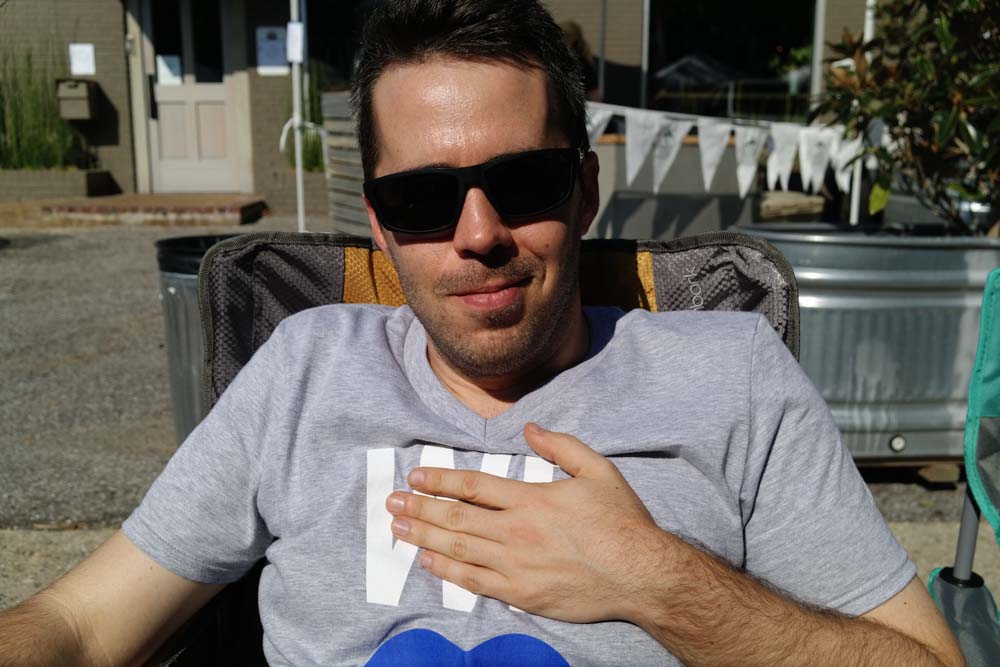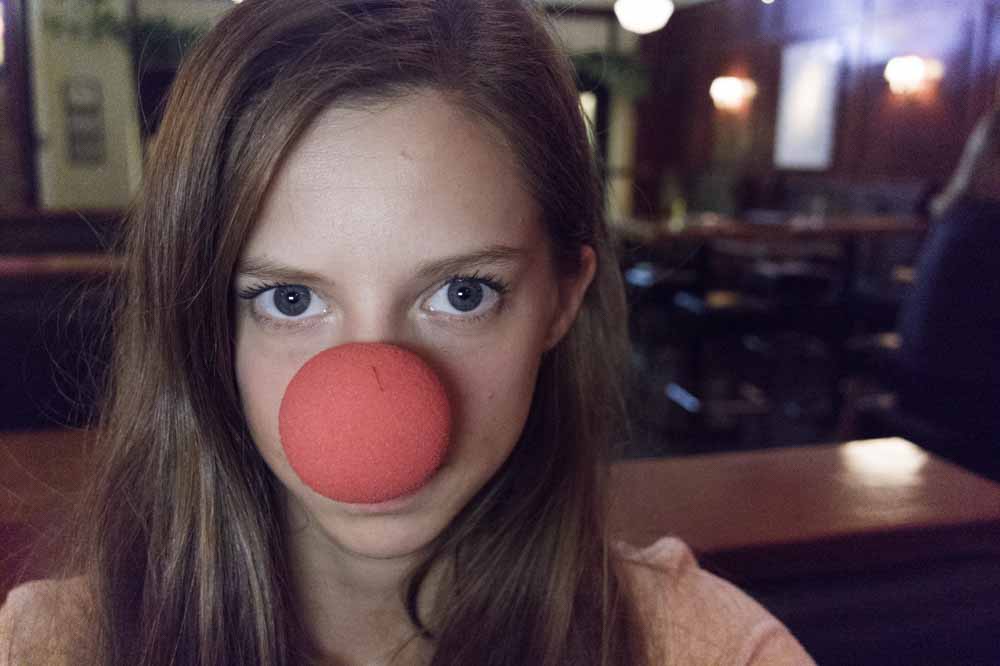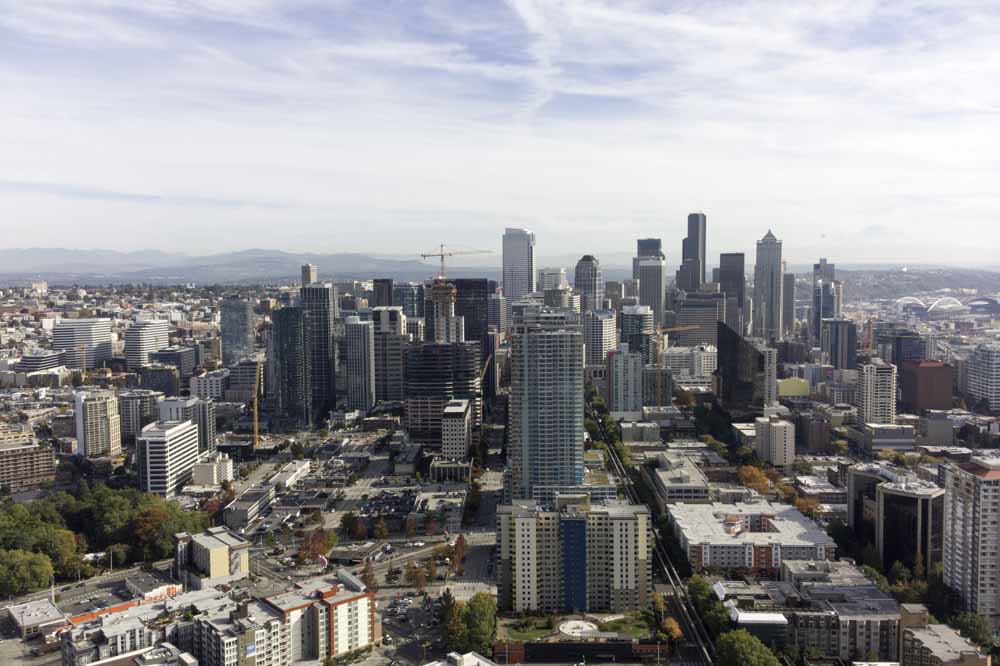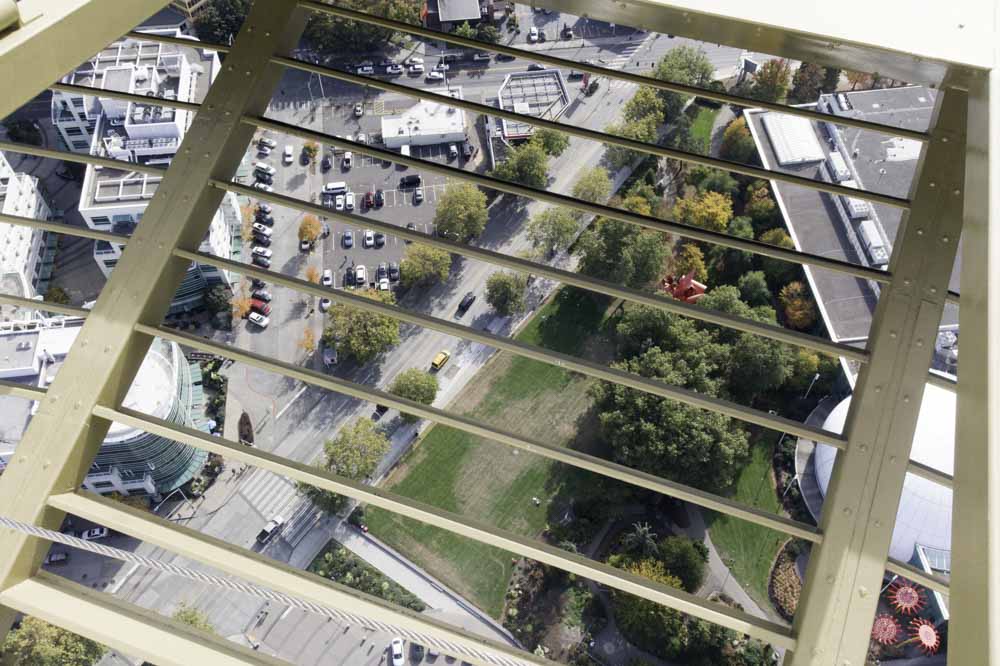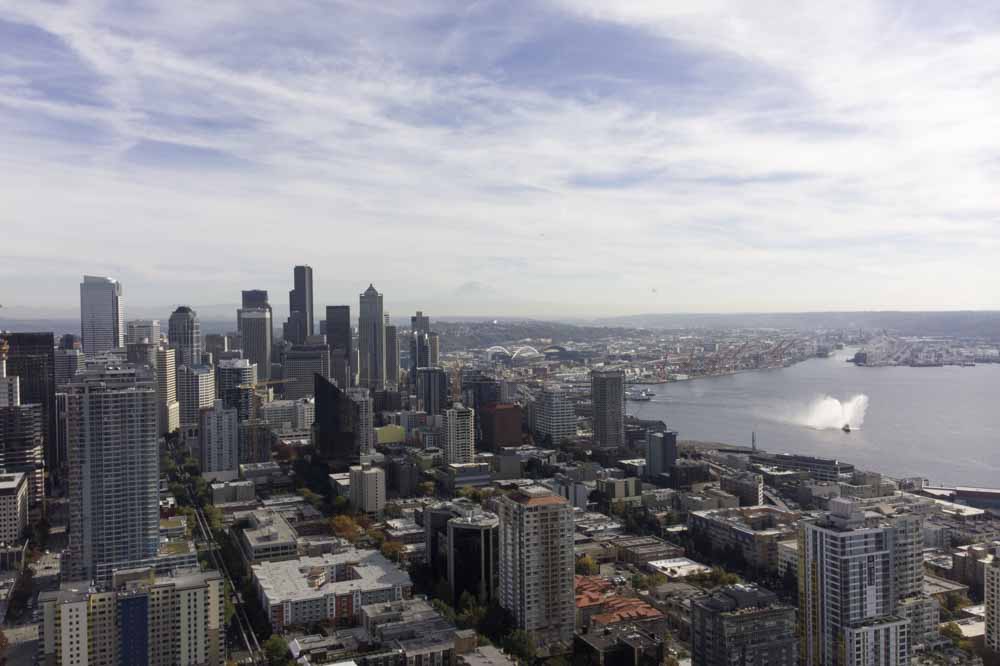Equipment
The DxO ONE Real World Test
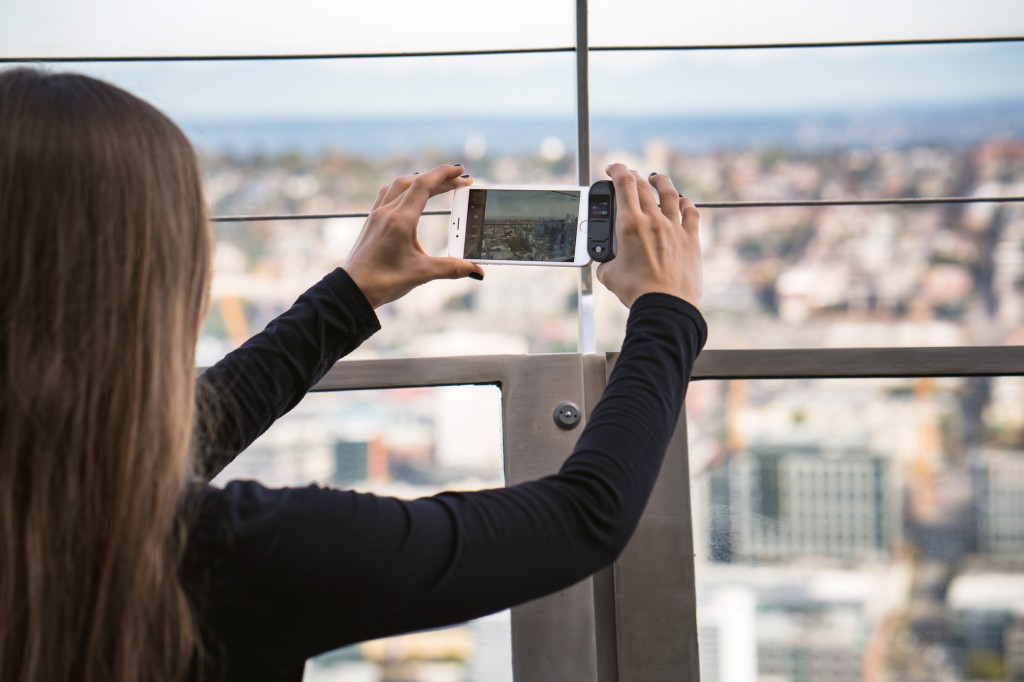
Recently I had the opportunity to travel light to Seattle with the DxO ONE. The DxO ONE is a tiny camera designed for use with your iPhone or iPad. The ONE allows you to attach a 20.2MP 1″ BSI-CMOS sensor to your apple device via an integrated Lightning connector. Using the phone as a viewfinder, it’s possible to manually control your settings while shooting with the 32mm f/1.8 equivalent lens.
It was fun to carry around the DxO ONE in Seattle. I kept it in my jacket pocket and was excited every time I had an opportunity to take it out and use it. My first moments with the camera were about midday. After taking a few photos, I couldn’t really see well enough in the sunlight to check them over. Nothing new here, but would be very cool if there was an electronic viewfinder so I could have known that I missed focus on this photo of my bosses in front of the Space Needle. It would also make it easier to use the camera on its own (otherwise it’s blind shooting).
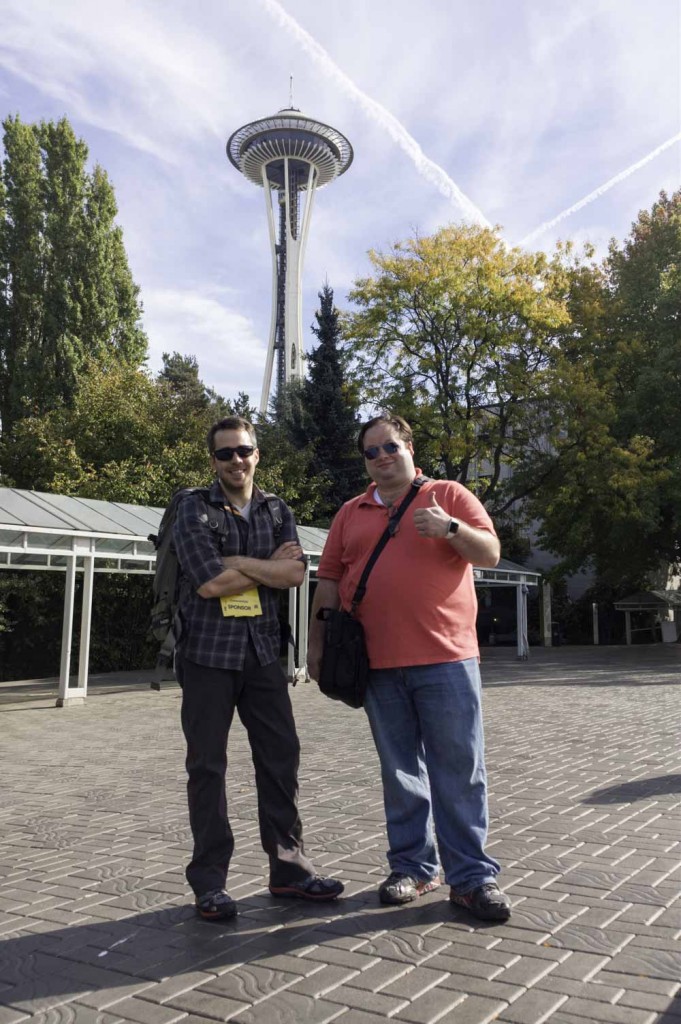
- ISO 100 F/1.8 1/4000
When the camera does hit focus it gives a surprising amount of detail, allowing investigation of every pore and hair follicle. (Sorry, Chase.)
Later that evening I brought the DxO One out for some drinks. Normally I wouldn’t bring a camera out in a crowded drinking establishment for social and financial reasons but the DxO is small and unassuming. Soon after sitting down at the bar my group was approached by a portrait opportunity (i.e. two clowns.) I took the camera out of my jacket pocket and attached it via the Lightning port to my phone. The app came up quickly and I snapped a photo.
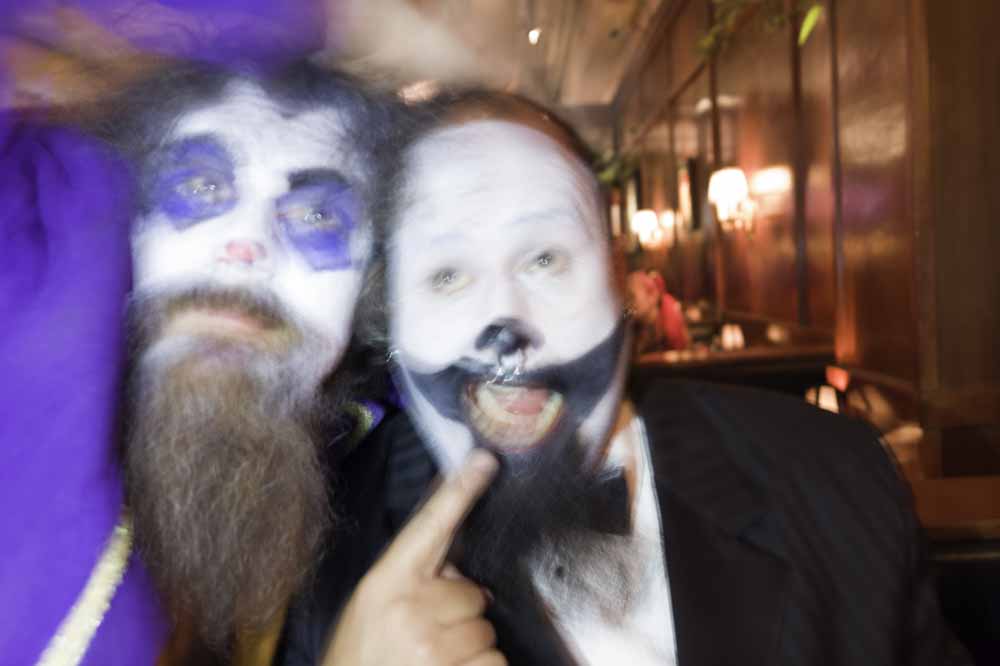
- ISO 100 F/1.8 .8 sec
Oops- It was still set for sunlight from earlier in the day. Manual settings first drawback. Luckily the clowns sat down to chat and I had time to switch my flash on.

- ISO 100 F/1.8 .5 sec (with flash)
Better, but still blurry. After setting the ISO to auto and opening up, it did pretty well.
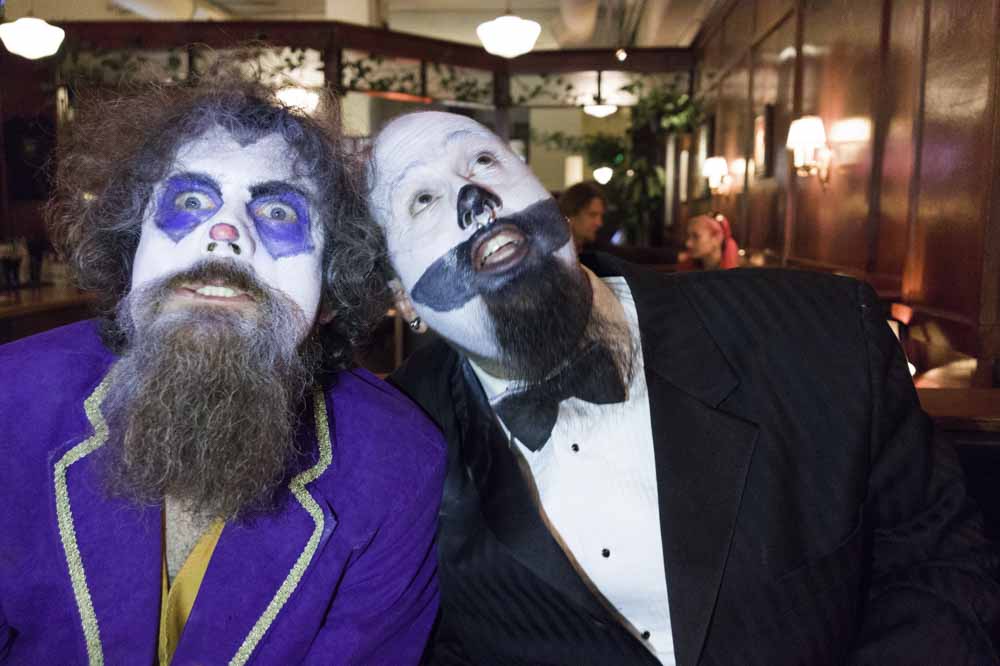
- ISO 3200 F/1.8 1/40 (with flash)
And even better when I turned the flash off for a more ambient look.
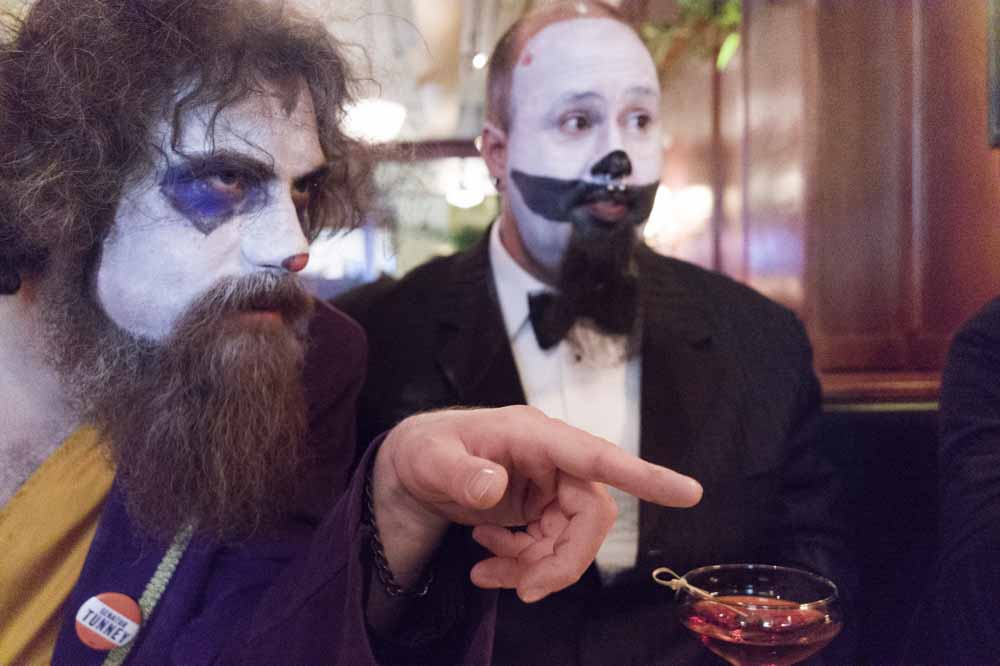
- ISO 8000 F/1.8 1/30
It was nice that I was able to get so many looks and have so many options compared to just using the automatic settings on the phone. Shooting on my phone definitely would have been quicker and easier, but I’m happy with the quality of the DxO images. I was able to get better low light performance with much more detail. To me, it doesn’t make much of a difference with the tiny Instagram photos, but if you have bigger plans the DxO ONE yields much clearer results.
To use the ‘selfie’ mode on the camera just unplug it, turn it around, and plug it back it. This part is a bit annoying because the app disconnects when you unplug. It’s quick to come back, but I would prefer being able to rotate the camera all the way around without unplugging it. When you press the shutter the screen will go white to illuminate your face and give nice catchlights in your eyes. Be careful, though, not to get your fingers in the way of the lens- its very easy to do since you have to hold the combination with both hands.
Compared with the 1.2mp camera on the front of the iPhone 6, this is very impressive selfie detail.
The DxO app makes it extremely fast and easy to share your images. While I was shooting RAW in camera, my phone was automatically saving a shareable jpeg to my phone. While this isn’t faster than just shooting with your phone, it is far and away better than any of the other apps for sharing photos from your camera.
The ONE can also record files in proprietary SuperRaw which composites four successive images to gain increased sensitivity and reduce noise. While the default DNG + JPG is widely compatible, the SuperRaw format can only be processed with DxO software. Downloading this software is a tedious and lengthy process involving connecting the phone and camera, going into settings to redeem software licensing, setting up a DxO account, and checking your email to finally begin downloading the software. After this is complete and you have the camera attached to your phone and computer simultaneously you can wait for a download time of about 2 minutes per sRAW image.
Here are some photos taken with low ISO at f/8 to show an example of detail captured in bright sunlight:
What I Liked:
The DxO ONE is very small with a comparatively large sensor. It allows capture of larger files with better detail than the iPhone and allows much more control over the look and quality of images with manual settings. In addition, the DxO application allows for quick and easy mobile sharing. It’s a great compromise when you want to take great photos but don’t have room to bring gear along.
What Could be Improved:
The ONE is a little slow to respond, kind of awkward to hold, and has a potentially inconvenient connection.
When it came to quick candid shooting, I often couldn’t get both the phone and camera out and connected in time to get the shot I wanted. Maybe if there was a stronger connection between the two I would be able to store them together. Even so, I often had to turn the camera off and on again to wake it up, and the shutter lag was slightly annoying. In addition, my phone case prevented a connection with the camera so my phone was vulnerable for a few days. It was too big of a hassle to remove and replace my LifeProof case for every shot.
Compared to using an iPhone it is a great way to take higher quality images and share them instantly. Also, it’s tiny and really fun to use. While I would like to see some changes, I would definitely use it again.
Sarah McAlexander
LensRentals.com
Author: Sarah McAlexander
I’m Sarah. I have a BFA in Photography from the University of Memphis. I’ve been shooting professionally for over 6 years. When I’m not working here or freelancing, I enjoy yoga and traveling.
-
Brain
-
John Leslie
-
Vit Kovalcik
-
Piotr
-
Adam
